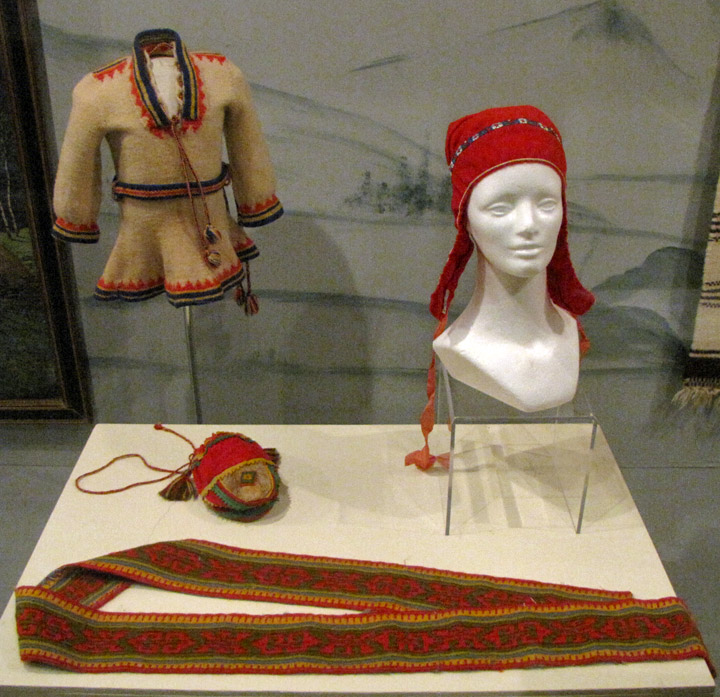

Vesterheim Museum
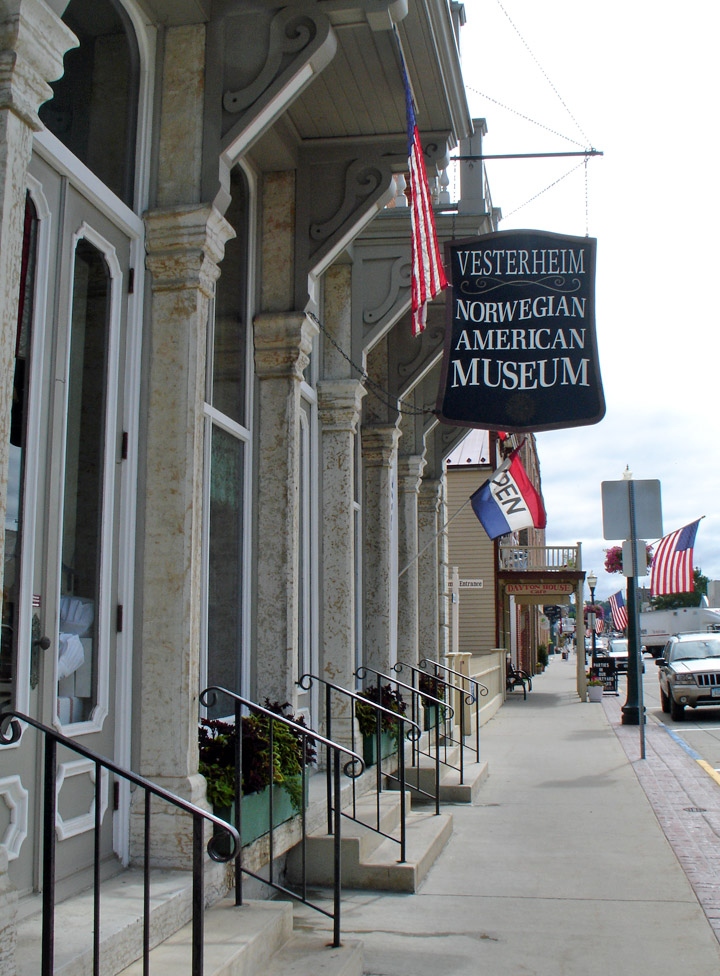
Vesterheim Museum
The Vesterheim Norwegian-American Museum in Decorah, Iowa is the oldest and most comprehensive museum in the United States devoted to a single immigrant ethnic group. The collection contains over 24,000 artifacts reflecting the experience of Norwegian-Americans, particularly in the Upper Midwest. The museum compound consists of 16 buildings, including a restored stone mill, a Norwegian Lutheran church, and several prairie houses, including the Haugan House, Valdres House, and Egge-Koren House.
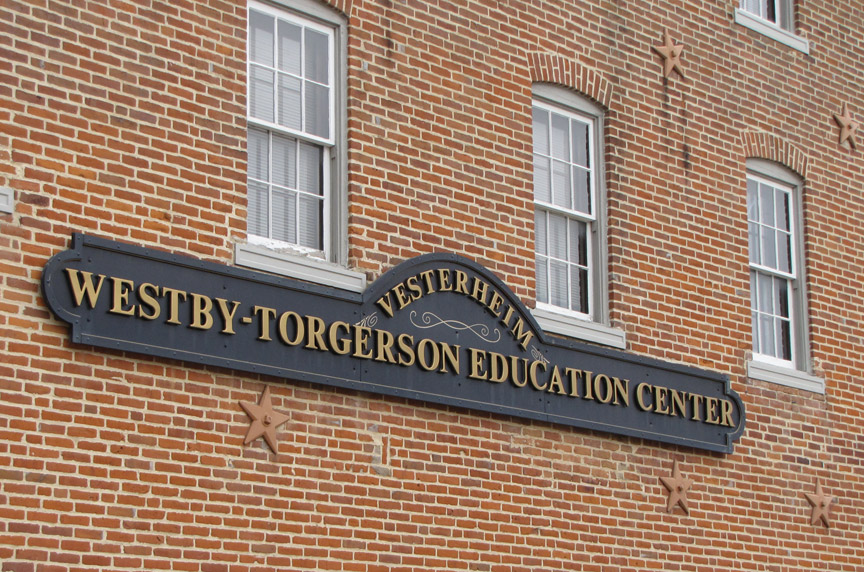
The name Vesterheim appropriately comes from the Norwegian for "western home".
It began in 1877 as a part of nearby Luther College. The museum sponsors
educational events, publications, and lectures related to its mission. It offers
classes in traditional cooking, arts and crafts. Each year it sponsors national
exhibitions in these traditional Norwegian folk arts: rosemaling, weaving, wood
carving, and knife-making. Many of these arts and crafts are on display annually
during the Nordic Fest conducted during the last weekend of June.
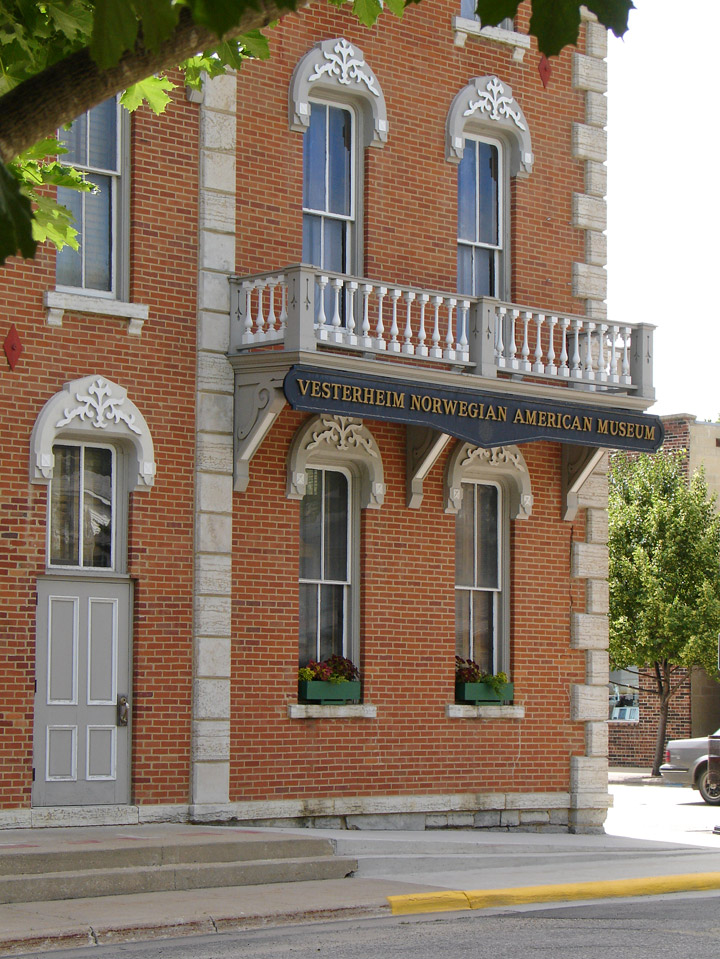
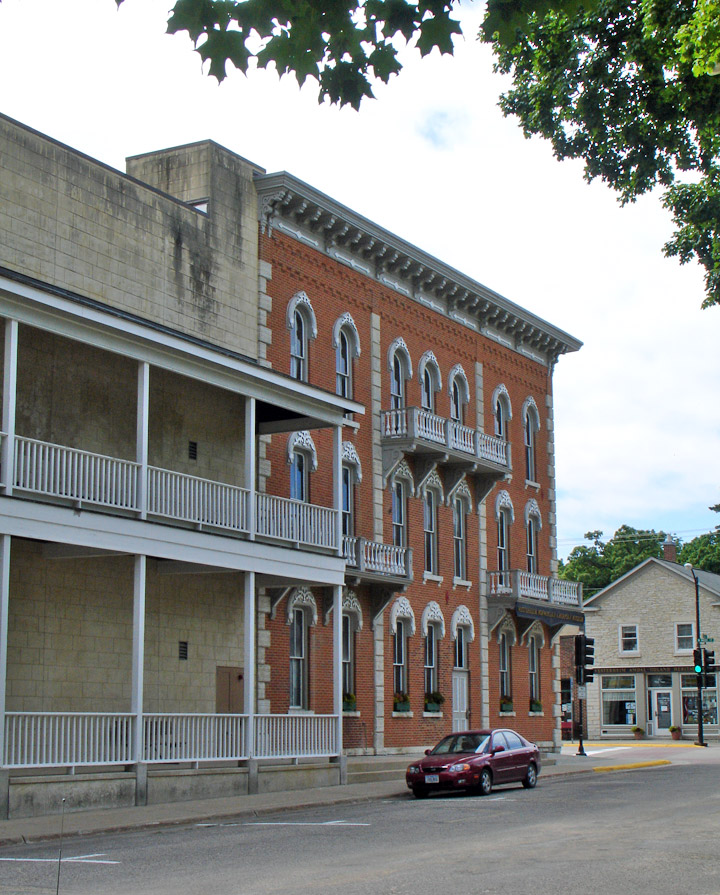

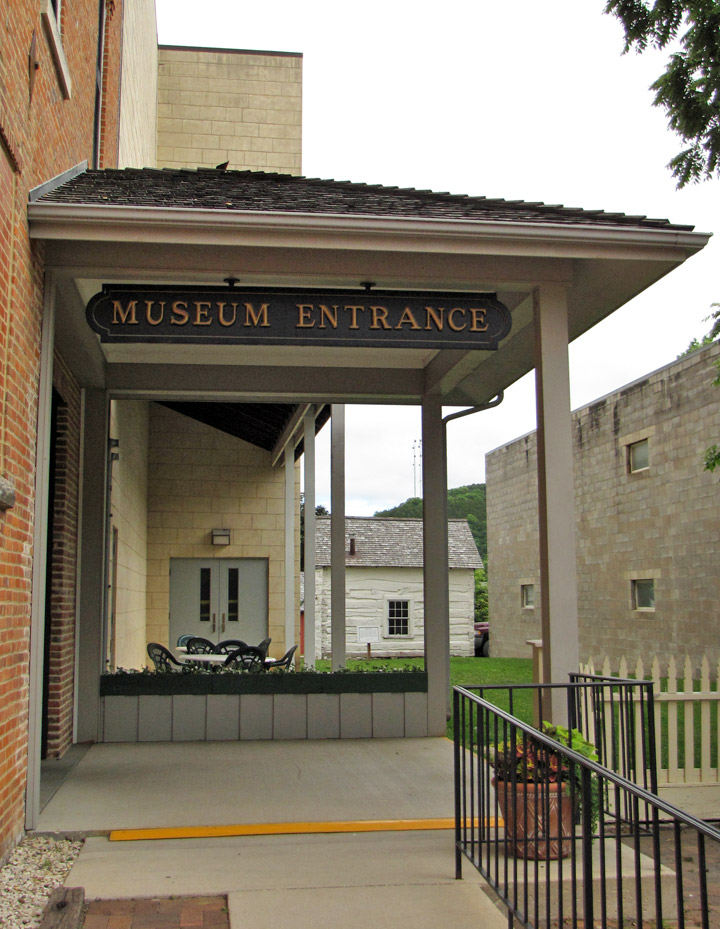
Photos of the Outdoor Norwegian-American Homeses
Exhibits
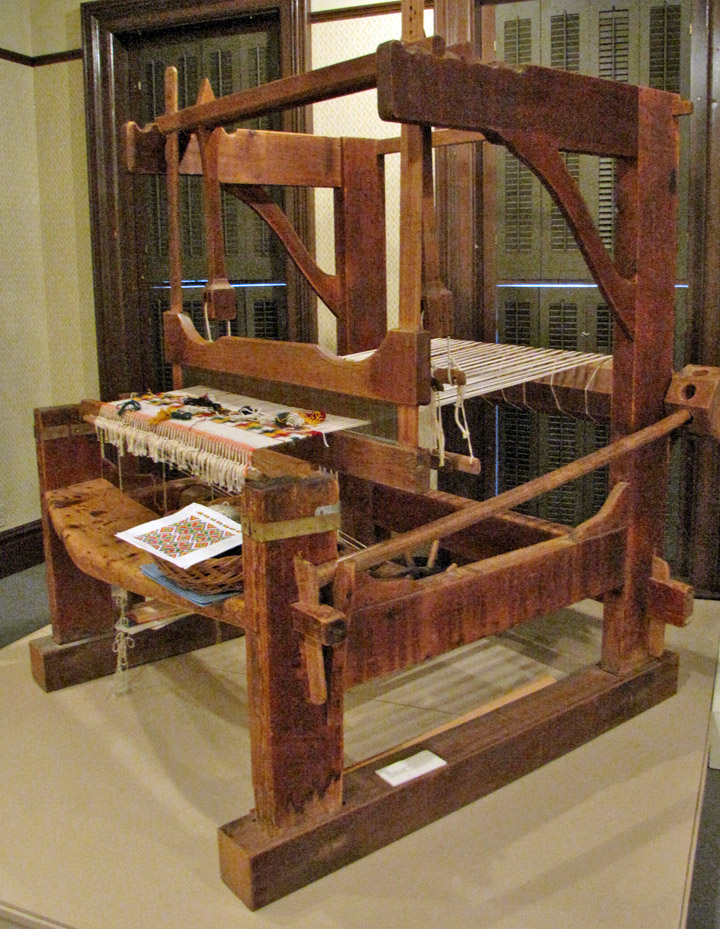
weaving
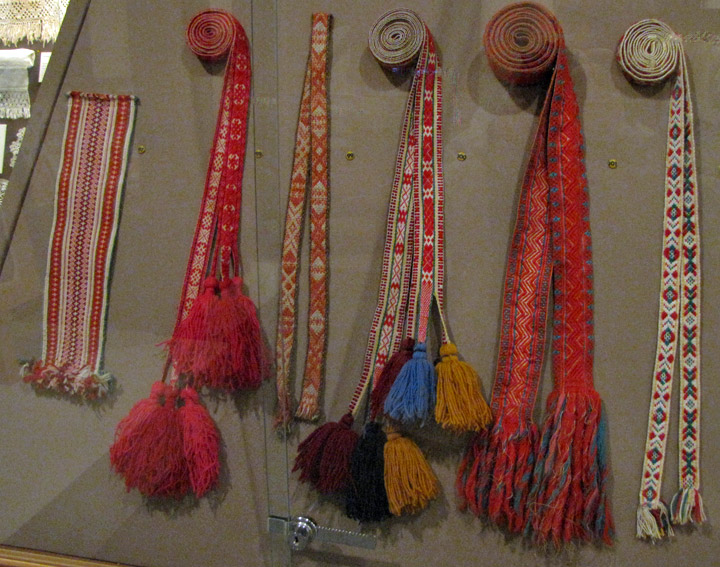



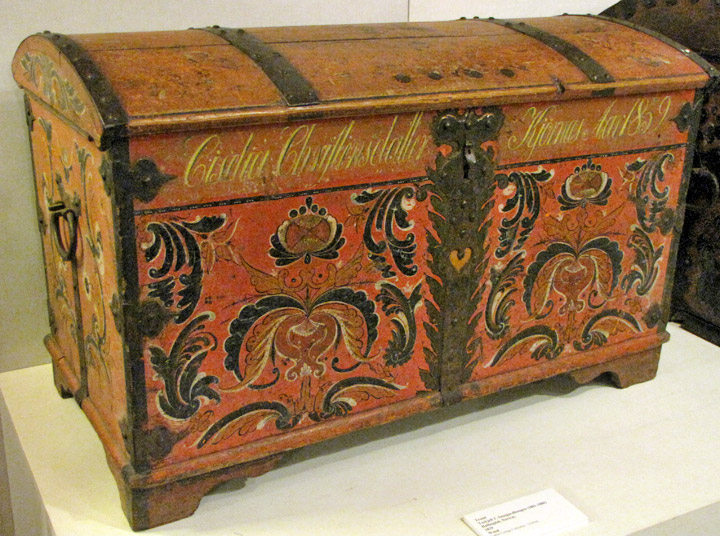
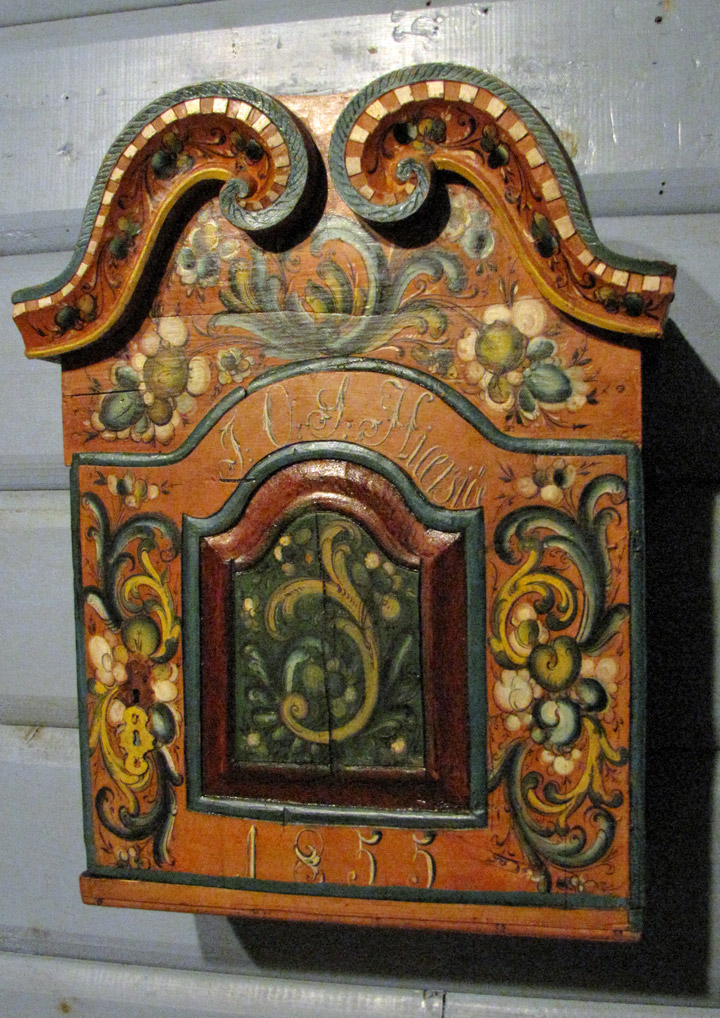
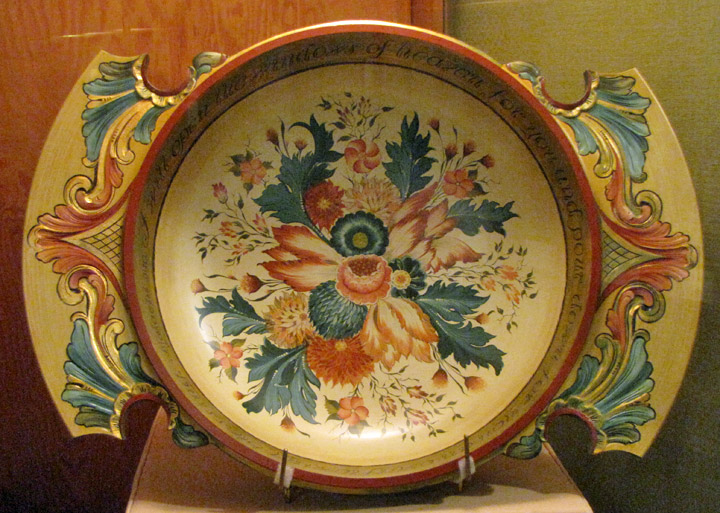
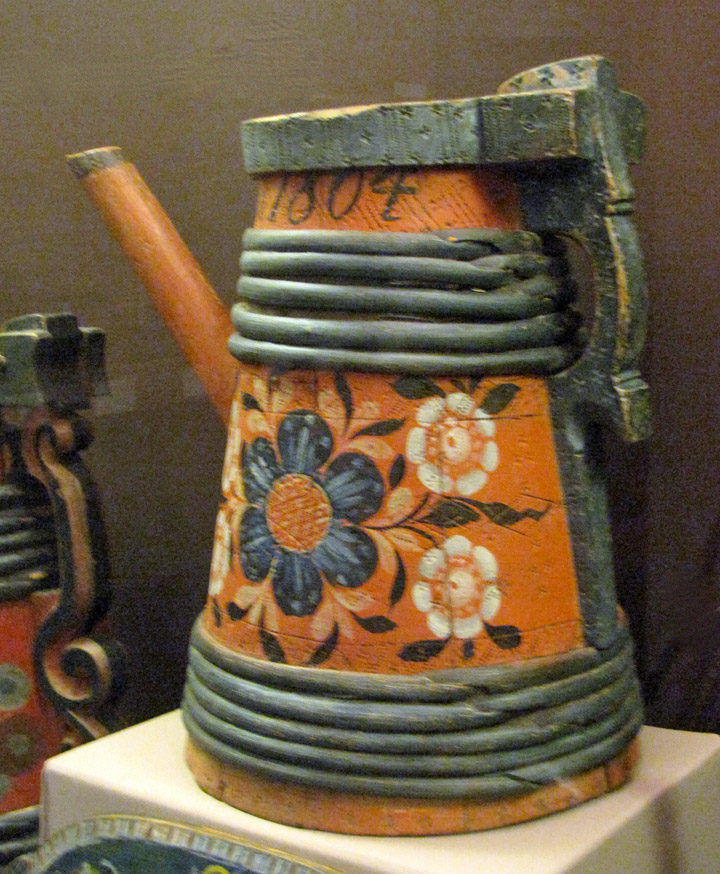
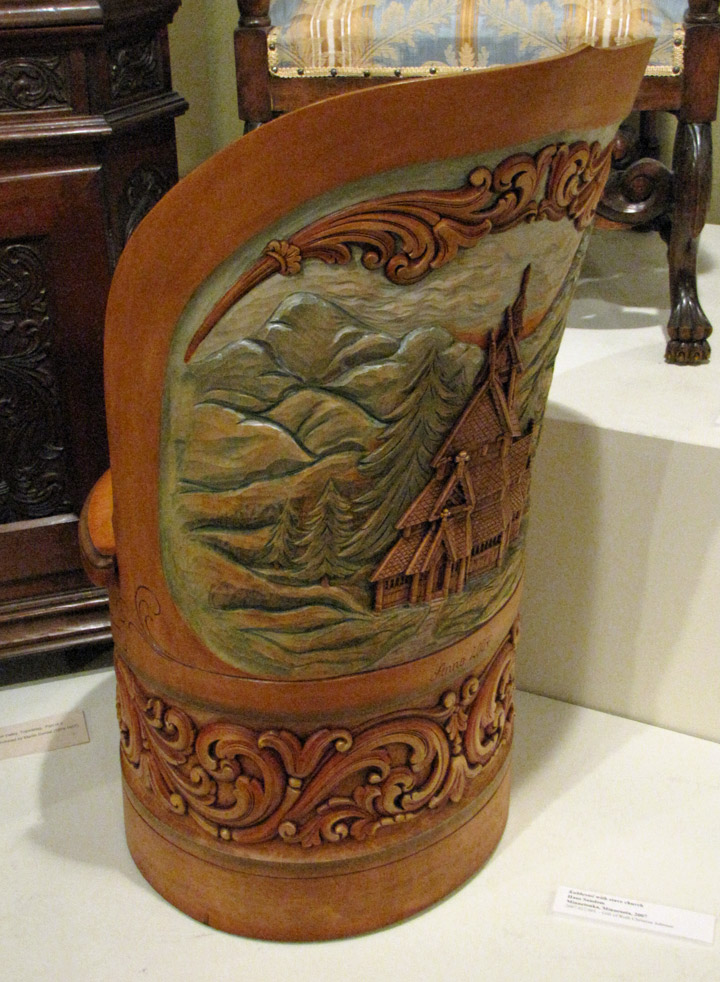
contemporary wood carving
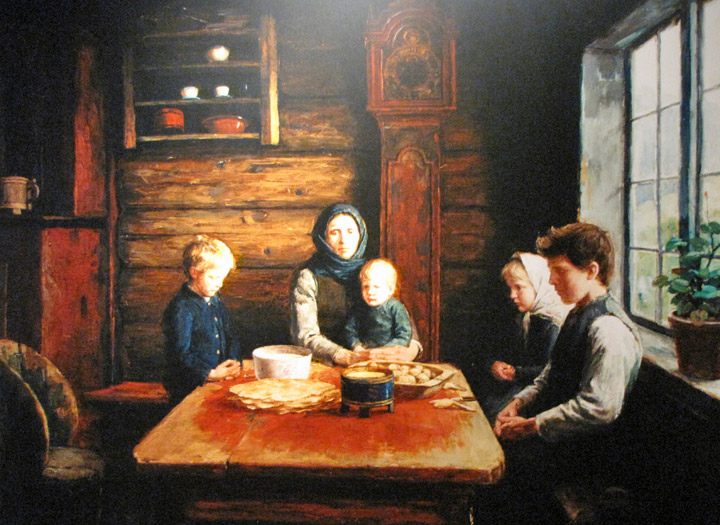
the family
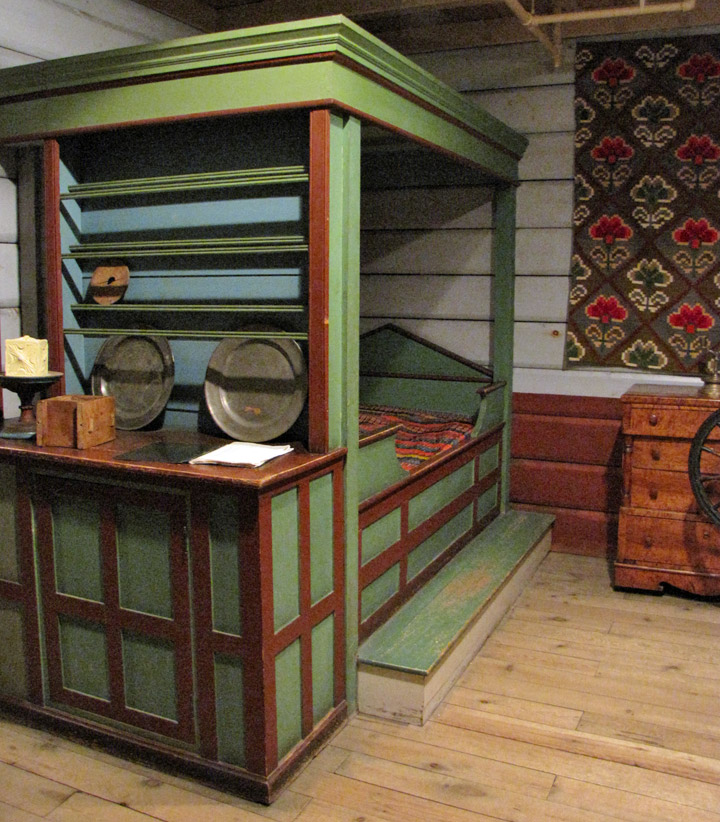
the dwelling
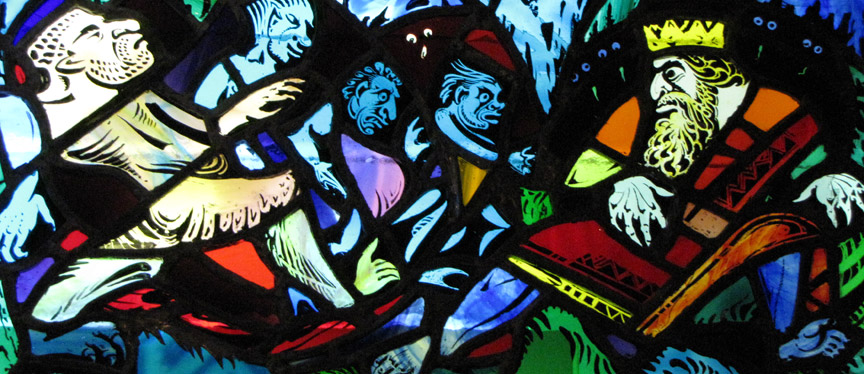
woods creatures
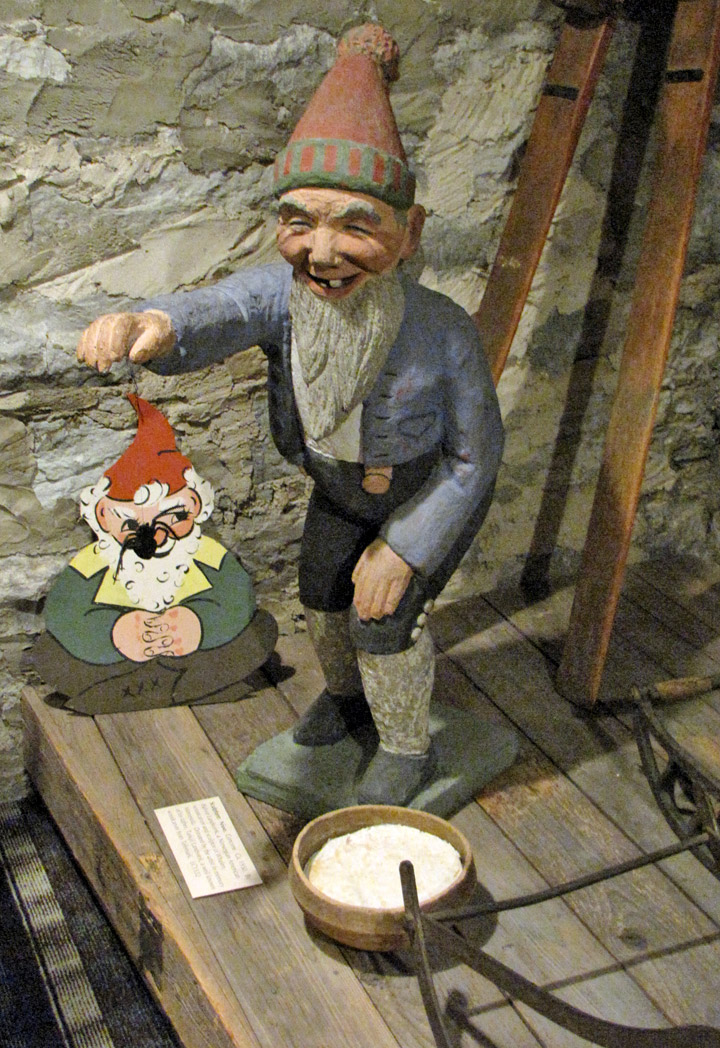

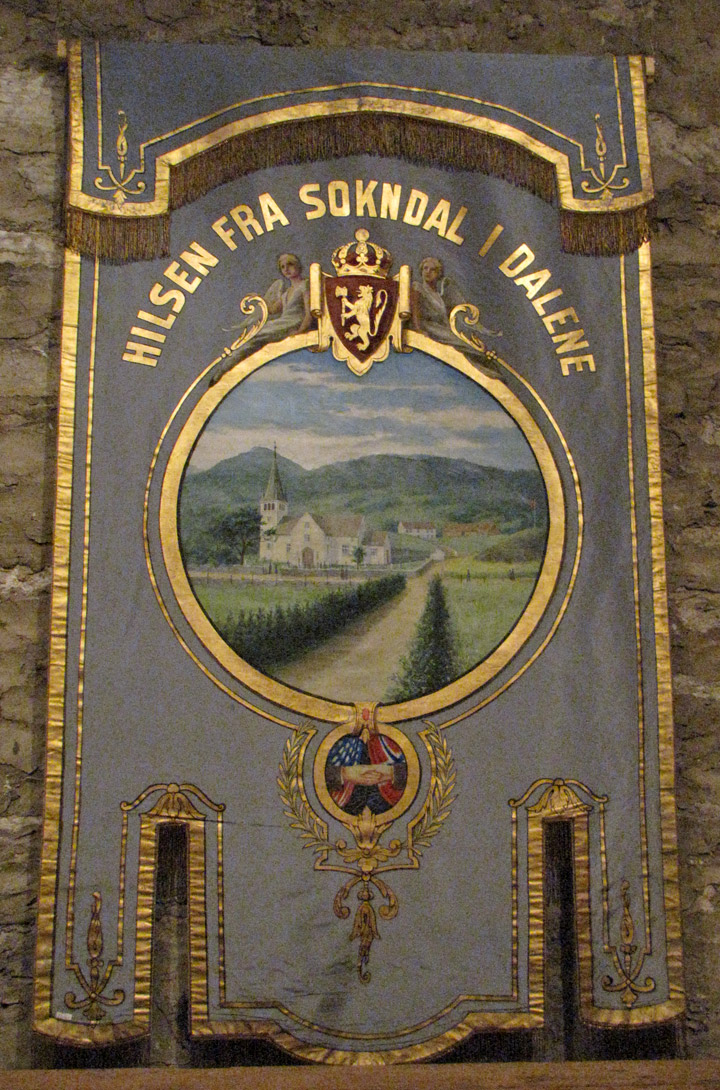
banner
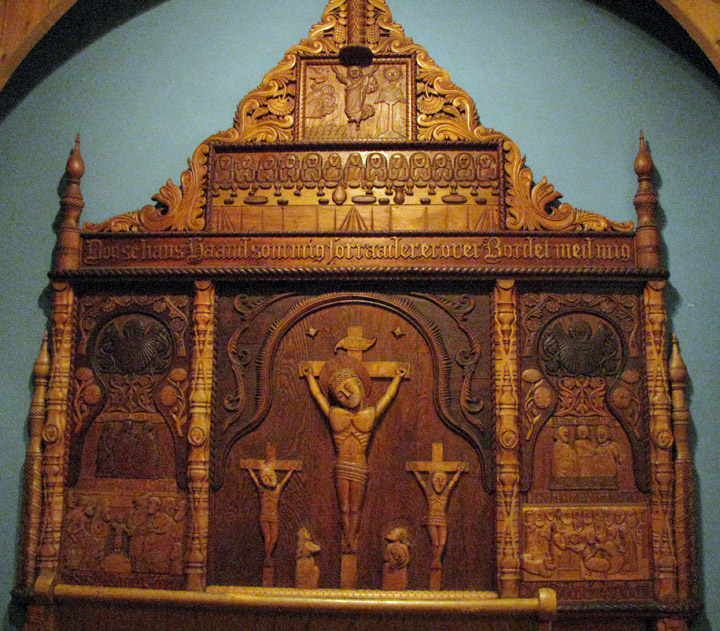
carved church panel
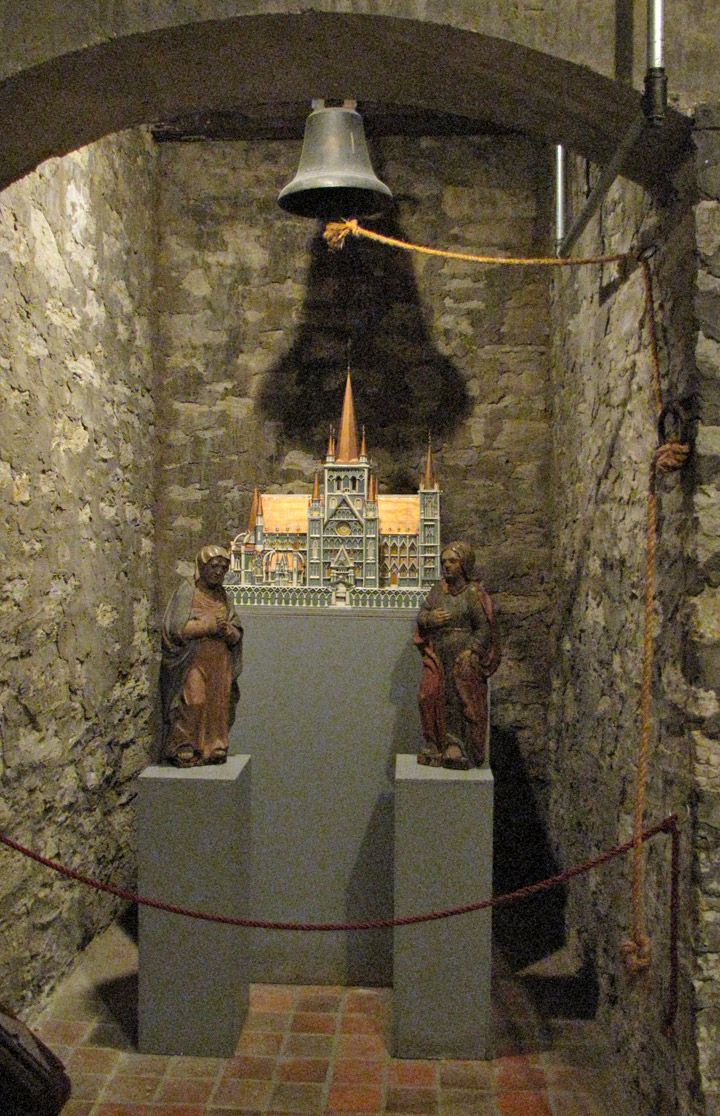


church organ
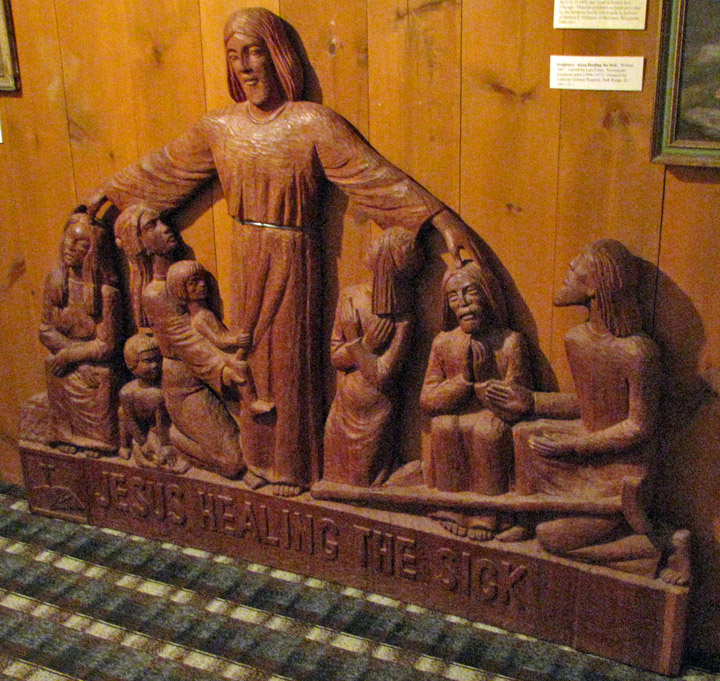
The Sami
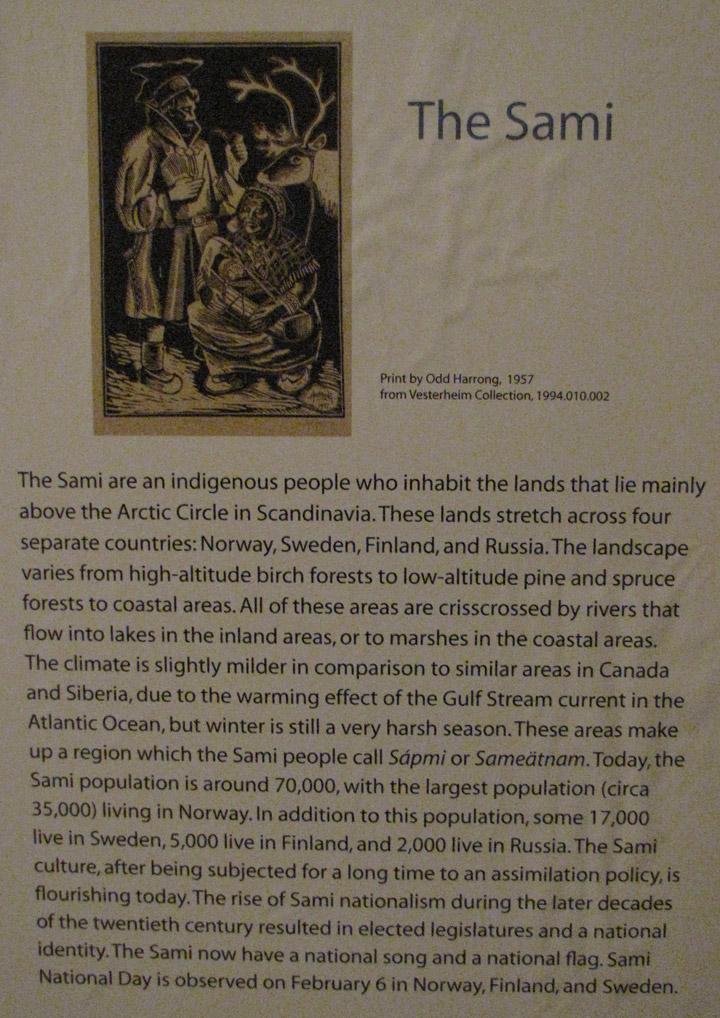
The Sámi people, (also known as Lapps, although this term is considered derogatory) are the indigenous people of northern Europe inhabiting Sápmi, which today encompasses parts of northern Sweden, Norway, Finland and the Kola Peninsula of Russia but also in the border area between south and middle Sweden. Their ancestral lands span an area the size of Sweden in the Nordic countries. The Sámi people are among the largest indigenous ethnic groups in Europe. Their traditional languages are the Sámi languages, which are classified as members of the Finno-Lappic group of the Uralic language family.
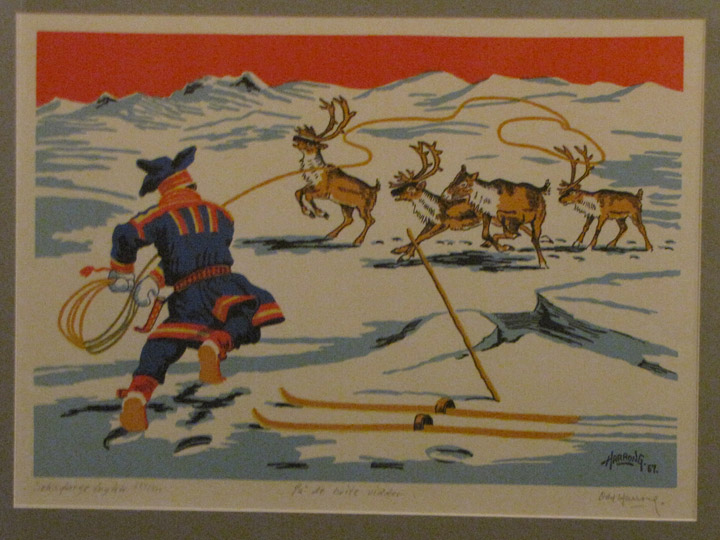
Traditionally, the Sámi have plied a variety of livelihoods, including coastal fishing, fur trapping, and sheep herding. However, the best known Sami livelihood is semi-nomadic reindeer herding - which about 10% of the Sámi are connected with and 2,800 actively involved with full-time. For traditional, cultural, and political reasons, reindeer herding is legally reserved only for Sámi people in certain regions of the Nordic countries.
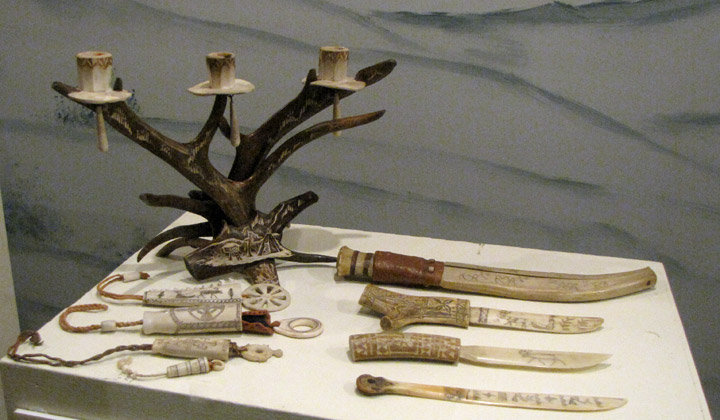
The Sami have been recognized as an indigenous people in Norway, and hence according to international law the Sami people in Norway are entitled special protection and rights.
Text from Wikipedia
